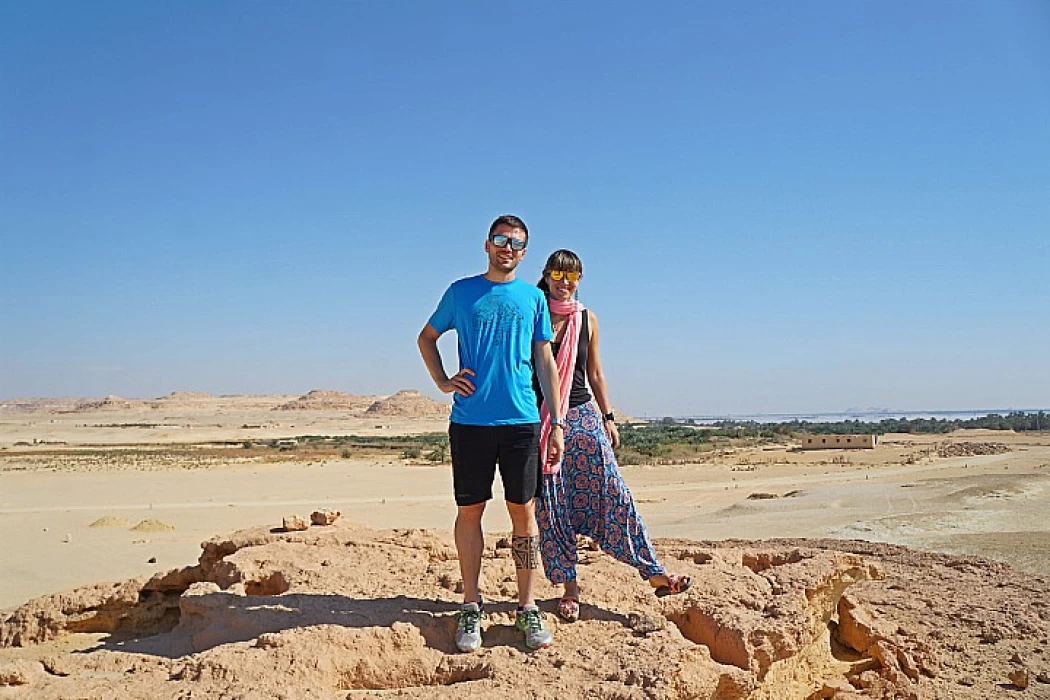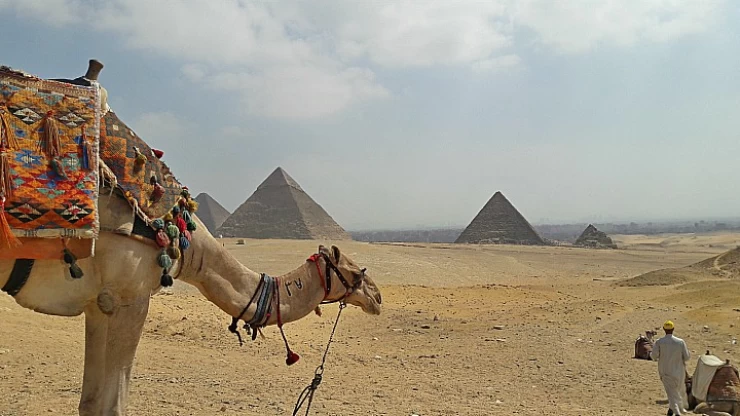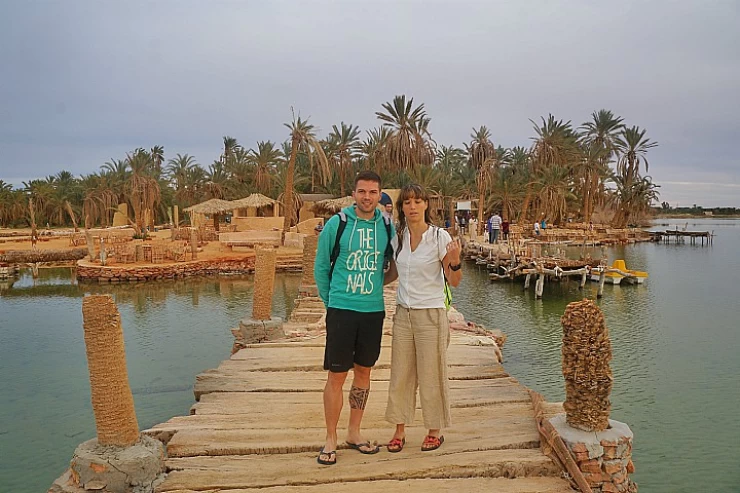
Siwa Oasis: Healing Sand Burial Therapy for Wellness
Siwa Oasis is witnessing a state of tourism and therapeutic tourism, since the beginning of July with the start of the medical tourism season, which is known as burial in the sand, and continues until mid-September of each year, and sand baths help in the treatment of rheumatism, rheumatoid diseases, joint pain, stimulating blood circulation and humidity diseases, in addition to swimming sulfurous water springs, which help in the treatment of many skin diseases.
Egypt Travel Packages often include visits to Siwa Oasis to experience its therapeutic benefits.
Patients and visitors flock to the oasis from all governorates of the Republic and Arab and foreign countries during the medical tourism season in Siwa, in addition to enjoying the tranquility, pristine nature, and the ecological pattern that Siwa Oasis preserves and the primitive life that characterizes the oasis with its picturesque nature and diverse monuments.
Egypt Day Tours can be a great way to explore the wonders of Siwa Oasis and its therapeutic offerings.
Burial in the sands of the Jabal al-Dakrour area helps to treat rheumatism, rheumatoid diseases, joint pain, and dampness diseases, in addition to stimulating blood circulation.
It is prohibited for people with heart disease to undergo burial treatment, except for people with high and low pressure, where they can undergo treatment, and the person undergoing treatment must adhere to the instructions in order to take full advantage of the treatment programs and not to experience health complications, so heavy clothes must be worn, not exposed to cold air currents, and not bathing or drinking ice cream, during the period of treatment and three days later.
“Jerry” called for the need for scientific and medical authorities to study the effect of burial in Siwa sand and its treatment of diseases, and to scientifically research all its aspects, effects, and effectiveness, in order to provide the greatest benefit from it, and to work to promote medical tourism more scientifically.
It is prohibited for people with heart disease to undergo burial therapy, except for people with high and low pressure, where they can undergo treatment, and the person undergoing treatment must adhere to the instructions in order to take full advantage of the treatment programs and not to experience health complications, so heavy clothes must be worn, not exposed to cold air currents, and not bathing or drinking ice cream, during the period of treatment and three days after it.
The method of treatment by burying in the sand was inherited by the people of Siwa from their ancestors who took it from the pharaohs, indicating that the treatment is in the highest places in Siwa, and that sand baths treat rheumatism and related diseases, rheumatoid and joint pain, stimulate blood circulation, treat fat on the liver, and raise immunity.
The treatment process is carried out by preparing pits in the sand daily in the morning and leaving them until the sun is perched on them, and in the afternoon, patients are introduced to the pits, backfilling them, to take the sand session, and then he is introduced to the tent, which is like a sauna but with a natural system, and after the tent session and getting specialized drinks, the patient is transferred from the tent to the restroom and given soothing drinks that return him to normal.
Egypt Shore Excursions can include a visit to the oasis for those looking for a healing experience along with exploring Egypt’s unique landscapes.
















